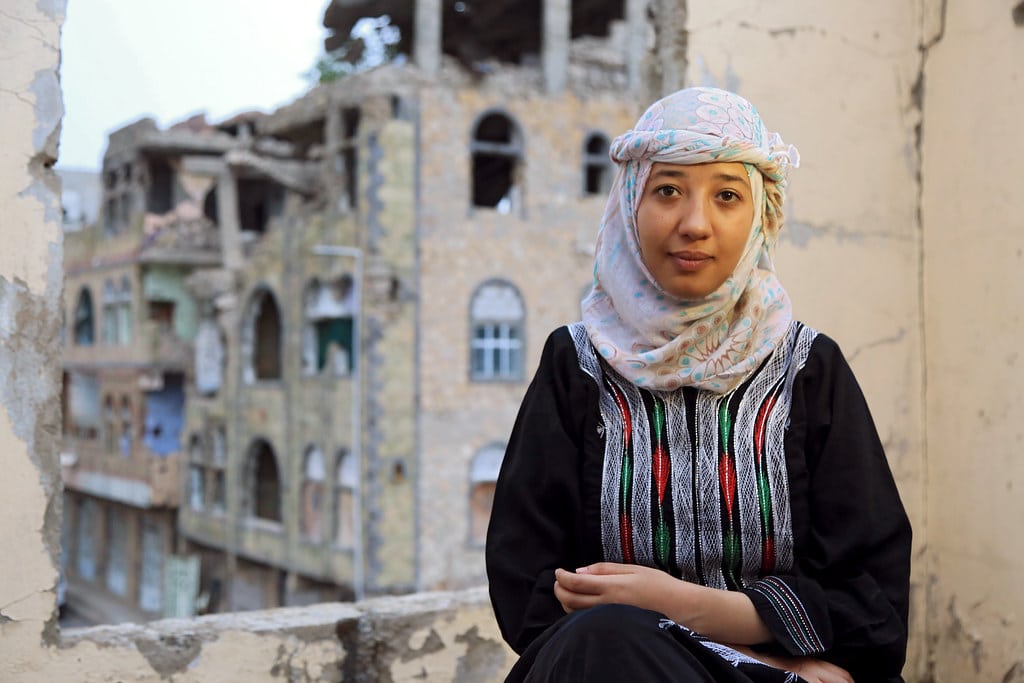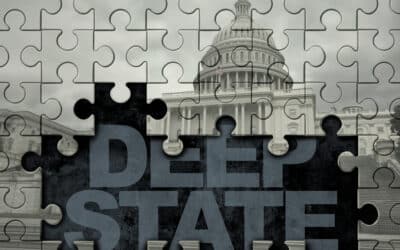After decades of stewardship of the Middle East, during which the United States pursued the absurd policy of not talking to its enemies and creating and enforcing blocs to oppose and isolate those enemies, the predictable outcome occurred. The region was left with blocs and enemies who were not talking to each other. The result was horrid wars and the threat of even worse wars.
It has long been known that a key to opening those blocs and initiating diplomacy would be a negotiated peace between the heads of the two main rivals, Saudi Arabia and Iran. It has also long been known that the United States withheld that key. Unlocking the blocs is not in American interest. Hegemony in the region requires punishing and isolating countries that won’t follow you. That requires sanctions, threats of war, and isolation. Iran is such a country. So, the establishment and maintenance of a coalition against Iran is a key feature of U.S. policy in the region. At the heart of that coalition is Saudi Arabia, firmly in the U.S.-led anti-Iran camp.
But the emergence of China as diplomatic power has “blindsided” the United States and changed the diplomatic environment in the Middle East. China chose peace instead of sides and brought Saudi Arabia and Iran together for talks. Having the blocs talk to each other instead of enforcing their isolation shook the U.S. world order. On March 10, those talks resulted in an agreement between Saudi Arabia and Iran.
And the key to opening talks, ending wars, and bringing peace to the Middle East is already showing its promise. After years of region destabilizing enmity, Saudi Arabia and Iran signed “an agreement to resume diplomatic relations between them and re-open their embassies and missions within a period not exceeding two months.”
The agreement is showing signs of working. True to their word, on April 6 the foreign ministers of Saudi Arabia and Iran met in Beijing where they signed an agreement to reopen their embassies and consulates in each other’s countries. And Saudi King Salman bin Abdulaziz Al Saud has invited Iranian President Ebrahim Raisi for an official visit. Raisi has accepted the invitation and “stressed Iran’s readiness to expand co-operation.” The two countries have also agreed to hold a meeting of their foreign ministers. Peace is breaking out.
But the potential for peace is bleeding beyond the two countries.
The first to feel the effect of the change in environment was Syria. President Bashar al-Assad survived the war against Saudi-backed rebels in large part because of the support of his Iranian allies. Peace in Syria would also require peace between Saudi Arabia and Iran.
China’s facilitation of talks between Saudi Arabia and Iran opened the door for Russia to facilitate talks between Saudi Arabia and Syria. Within two weeks of the Saudi-Iran breakthrough, Saudi Arabia and Syria agreed to reopen their embassies.
The entire Arab world is ending its isolation of the Assad regime. The maintenance of that isolation has been insisted upon by the United States. But Saudi Arabia is reported to be ready to formally invite Syrian President Bashar al-Assad to this May’s Arab League summit in Riyadh. The invitation, Syria’s first since 2011, would “formally end Syria’s regional isolation.” Syria’s re-admission has a good chance of passing, though perhaps not passing unanimously. On April 1, Syria’s foreign minister went to Cairo for the first official visit in twelve years to begin the process of reinstating Syria in the Arab League. And on April 12, Syria’s foreign minister, Faisal Mekdad, arrived in Saudi Arabia for meetings with Prince Faisal bin Farhan, the Saudi foreign minister. It is the first visit to Saudi Arabia by a Syrian foreign minister since 2011.
But the real test of the peace potential of the Saudi-Iran agreement will be the eight year-old war in Yemen. The United Nations calls Yemen “the world’s worst humanitarian crisis.” At least 377,000 have died, 4.5 million people have been displaced, 80% of Yemenis are in need of humanitarian aid, and six million are “on the verge of famine.” Though Iran has never been controlling nor arming the Houthi rebels to the extent claimed by Washington, their support for the Houthis is a sore spot for the Saudi government. Former U.S. Ambassador to Kuwait Douglas Silliman told Middle East Eye that Yemen “is going to be the main test of this agreement’s success.”
There are early signs that the agreement is passing that test. Iran’s mission to the UN says the agreement will “help start a national dialogue, and form an inclusive national government in Yemen.” And the UN Special Envoy for Yemen, Hans Grundberg, has said, “We are currently witnessing renewed regional diplomatic momentum” and urged, “The parties must seize the opportunity presented by this regional and international momentum to take decisive steps towards a more peaceful future.”
In the most encouraging sign yet, the Houthi rebels released 181 members of the UN recognized government in exchange for 706 Houthi prisoners between April 14 and 16. Grundberg said the prisoner release “comes at a time of hope for Yemen as a reminder that constructive dialogue and mutual compromises are powerful tools capable of achieving great outcomes.”
On April 8, a Saudi delegation, accompanied by officials from Oman, arrived in Yemen for ceasefire talks. No ceasefire was finalized, but talks were reported to be positive, and another round of talks was scheduled to take place around April 21.
Saudi Arabia has also recently announced that it will lift the blockade of imports going into Yemen’s southern ports. Iran reportedly agreed, as part of their deal with Saudi Arabia, to stop sending weapons to the Houthis and to pressure the Houthis to stop attacks on Saudi Arabia. Saudi Arabia reportedly promised that if Iran stays out of the Yemen conflict, the Saudis will stay out of Iraq and Syria.
Decades of not talking and of enforcing blocs has been interrupted by Chinese mediation of talks. Not talking led to some of the most horrible wars in the world; talking may well lead to peace.
































